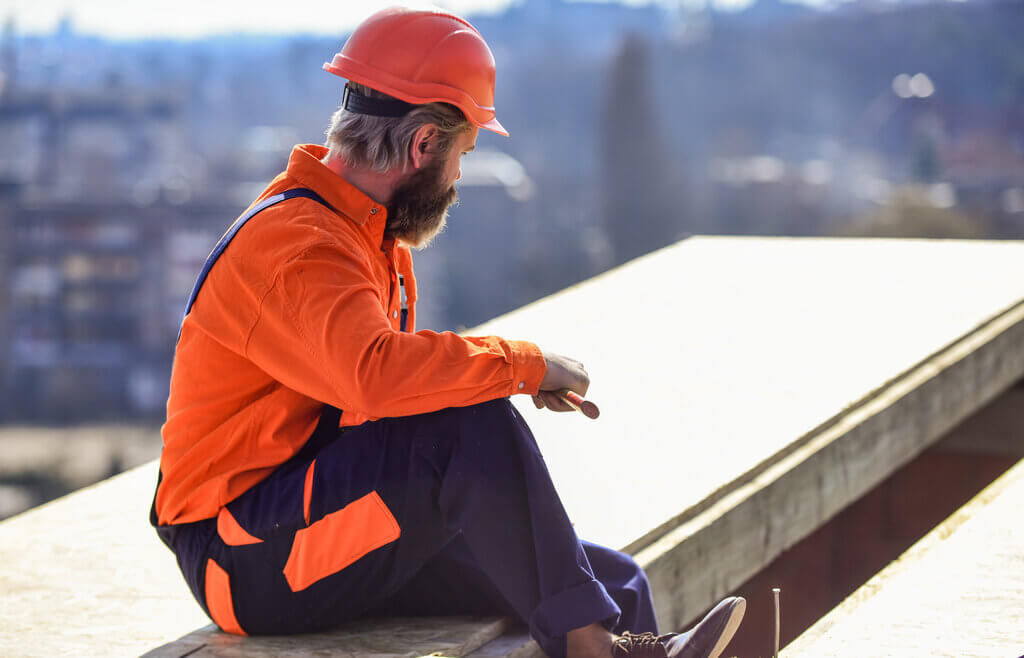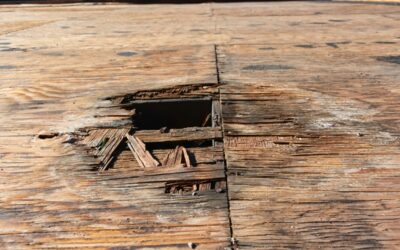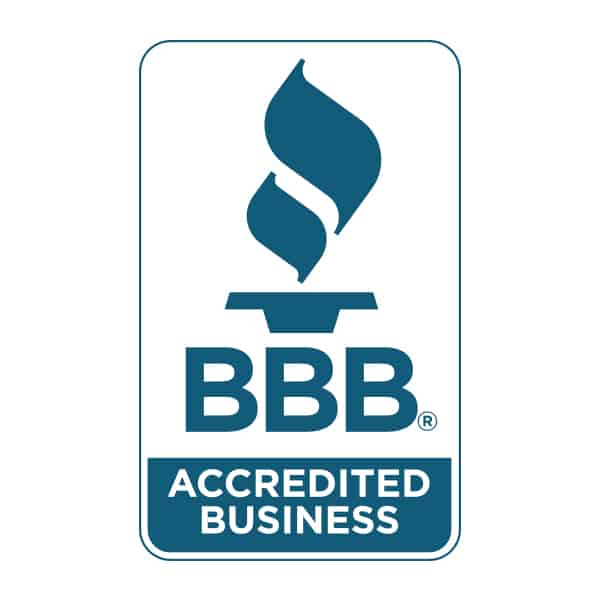The roof restoration market is fascinating because it is very polarized. Many roofing contractors do not do any restoration work at all. To them, there are no roofs that are good restoration candidates. Other roofing contractors only do restoration work. To them, every roof is a good candidate.
So who is right? The reality is that you have to examine every roof individually and make a determination based on evidence.
What is Roof Restoration?
When we talk about restoring a roof, we mean applying a roof coating system over the existing roof membrane to extend the life of the roof and restore its waterproofing properties.
Our Process
Every roof I walk on, I ask myself whether we can do a restoration. The two key things I look at are the age and condition of the roof membrane.
- Is the roof actively leaking?
- If yes, for how long?
After inspecting the roof, core samples are extracted from the roof and examined.
- What do the core samples reveal?
- Is there one roof, two, or more?
- Is the roofing substrate dry, damp, or saturated?
The best roof restoration candidates are roofs that have recently passed their warranty. Roofs that were properly installed, well maintained, and continue to be in overall good condition are the best candidates. Restorative coatings on the market today are high quality, but they are only a sealant. They are not in and of themselves a roof membrane. They are meant to restore the waterproofing properties of the roof substrate and protect the substrate from UV and water degradation.
Questions To Ask Yourself
If your roof has had chronic leak problems, is long out of warranty, and is failing or pulling apart in areas, it is not a good candidate for a restoration coating. Most likely, your roof is ready for a tear-off and replacement. The reason is that the membrane itself is too degraded to be a proper base for the coating. I liken it to painting a house with wood siding. If the siding is rotted, then painting it would be a waste of money. It might look okay for 6 months, but very quickly the paint will fail. You must replace the rotted boards before you paint.
Similarly, a flat roof membrane can be in okay shape, but because of some leaks there is wet insulation in spots. When this is the case, we recommend a thermal scan which will tells us what is wet. If there are a few isolated areas of wetness, we can remediate those and coat the roof. Generally, if 20% or more of the roof is wet, you should tear-off.
So in summary, is your commercial or industrial flat roof a suitable candidate for restoration? The best way to know is to extract a few core samples from the roof to determine the overall health of your existing roofing system. Thermal scans, although an added expense, can save you money because your roof may not be as bad as you imagine, or as bad as some roofers will tell you. Once you have all the facts in hand, you can make a well-informed decision about what is best for your building and budget.











Add your first comment to this post